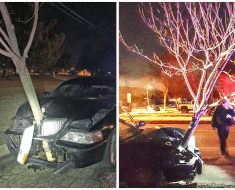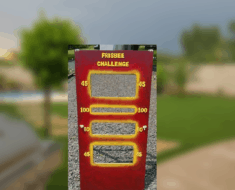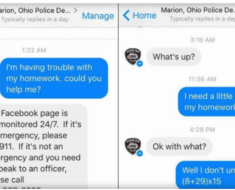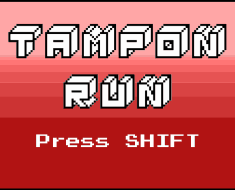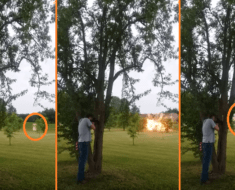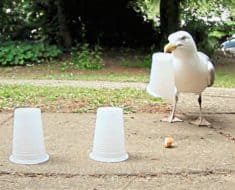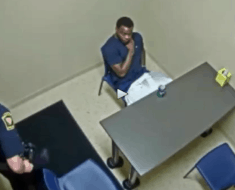
Colorado University has designed an online first person shooter game which presents a series of images of young men, some armed, some unarmed, set against realistic backgrounds like parks or city streets. The player’s goal is to shoot any and all armed targets, but not to shoot unarmed targets. Half of the targets are Black and half are White.
They have used this simulator to investigate whether decisions to ‘Shoot’ a potentially hostile target can be influenced by that target’s race.
You can try the simulator for yourself HERE (please note: simulator is designed to work on desktop or laptop computers only) and test your own ability to shoot the dangerous targets based on what they are holding in their hands. You must make a quick decision, otherwise you lose. The game places you in a position similar to that of a police officer. Much like police officers, you must make that instant decision of whether to shoot, or not to shoot in a hostile situation.
Here are some of Colorado University’s findings:
| Basic Findings Our research has provided robust evidence of racial bias in decisions to shoot (Correll, Park, Judd & Wittenbrink, 2002; Correll, Park, Judd, Wittenbrink, Sadler & Keesee, in press; Correll, Urland & Ito, 2006). Participants shoot an armed target more quickly and more often when that target is Black, rather than White. However, participants decide not to shoot an unarmed target more quickly and more often when the target is White, rather than Black. In essence, participants seem to process stereotype-consistent targets (armed Blacks and unarmed Whites) more easily than counterstereotypic targets (unarmed Blacks and armed Whites). |

| Moreover, by recording fluctuations in the brain’s electrical activity (ERPs), we have observed that participants differentiate between Black and White targets about 230 milliseconds after the target appears on screen. This type of differentiation has also been observed when participants see a threatening (vs. a non-threatening) image. Strikingly, the more participants differentiate by target race (processing Black targets as if they were threats), the more bias they show on our task. |
TRY THE SIMULATOR HERE

Like ✪ Share ✪ Be Awesome








